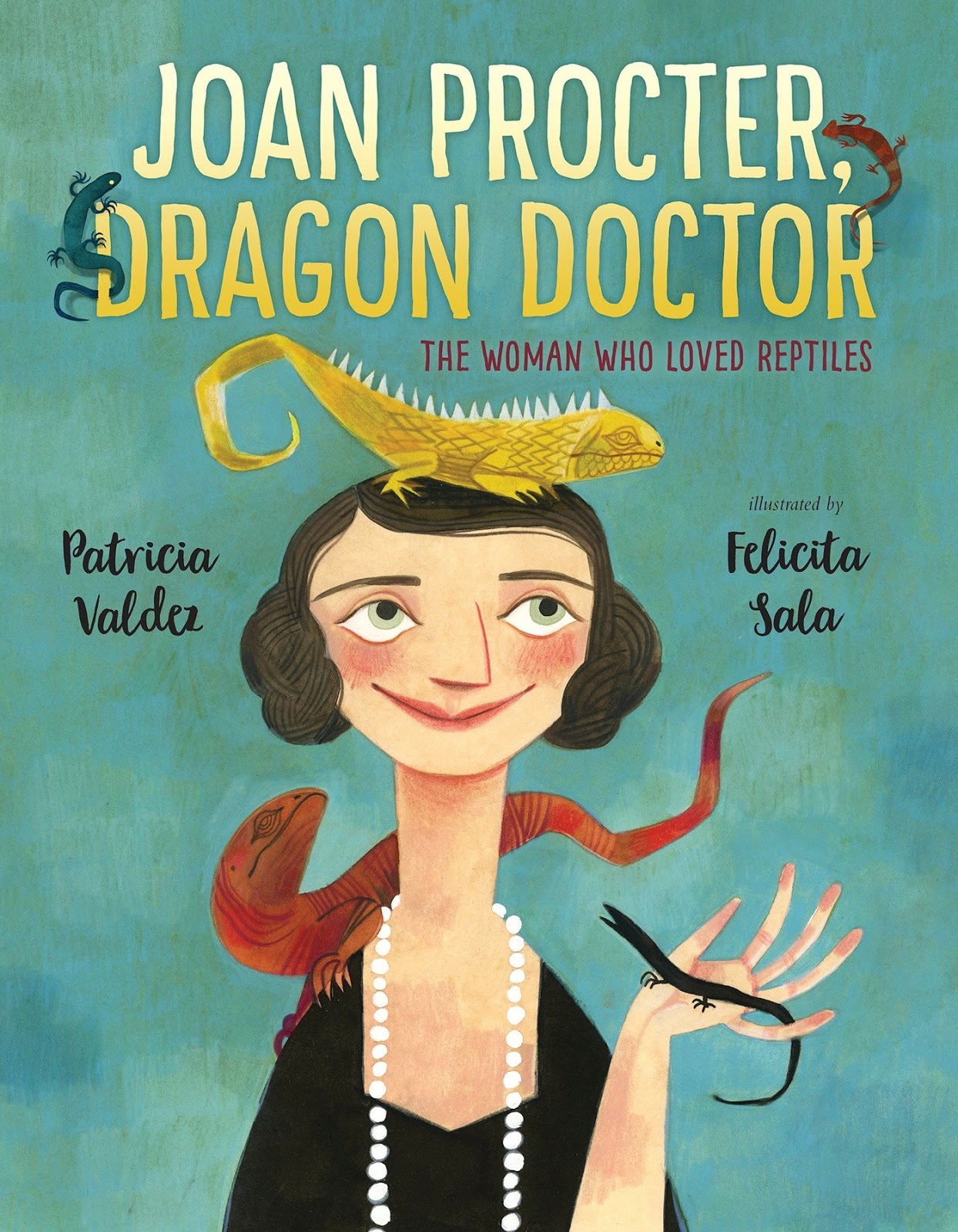**UPDATE: 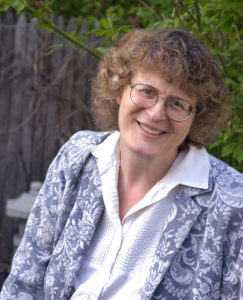 As of 2021, Mary launched her own agency, Great River Literary.**
As of 2021, Mary launched her own agency, Great River Literary.**
This month’s Industry Insider interview is with Mary Cummings, a literary agent at Betsy Amster Literary Enterprises. She got on my radar not only for being involved with a number of books that are connected to OPB in some manner (we’ll address those in the interview below), but because her name kept popping up on the Dealmakers section of Publisher’s Marketplace. Yep, we watch that pretty closely here at OPB, for obvious reasons.
Before we dive into the Q&A, let’s learn a bit more about Mary via a Six Facts and One Lie Game. Six of the following are honest-to-goodness true. One is a complete falsehood. (Can’t tell which is the pants-on-fire moment? I’ll spill the beans somewhere in the interview.)
- She can’t stand coffee.
- She’s fast in terms of responding to queries. I mean FAST.
- She’ll take a pass on any vampire and zombie stories.
- She adores opera. Not a day goes by that she doesn’t enjoy an aria or two.
- She loves PT Cruiser cars, even though they stopped making them in July 2010.
- She spends way too much time following the national news.
- She’s GOT to have her annual trip to the mountains or she’ll be worthless to family, friends, clients, and the world in general for the rest of the year.
Now that we’re in the loop with who Mary is and what she’s about, it’s time for the interview. Onward!
Website: www.cummingskidlit.com
Agency website: www.amsterlit.com
Bonus interview #1: https://duotrope.com/interview/agent/24344/mary-cummings
Bonus interview #2: http://www.literaryrambles.com/2019/04/agent-spotlight-interview-with-mary.html
RVC: Unlike many agents I’ve interviewed at OPB, you didn’t start off in the literary world as an agent or as an intern at an agency who then worked their way up. You started at the Loft Literary Center. How did you get involved there? What did those experiences teach you about books, readers, and writing?
MC: As Education Director, I oversaw and sometimes taught classes, workshops, conferences, etc. for adult and kid writers. It was the perfect setting to develop an understanding about what writers need, and my work involved meeting those needs through education, networking, award programs, etc.
One of the most crucial things that I’ve carried forward is my empathy for writers, for their passion and drive in striving to create a publishable manuscript that will reach readers as a book. My area of particular focus was children’s literature. I was in charge of selecting judges from the top editors in the field for the McKnight Award in Children’s Literature, a $25,000 award. I also curated an annual festival of children’s literature featuring authors, illustrators, editors, agents, art directors and other industry professionals. These relationships were foundational for my work as an agent.
RVC: In 2008, you joined Betsy Amster’s agency. What made you take the agenting plunge? And how did your work at the Loft prepare you for success as an agent?
MC: It was a logical next step. I had hired Betsy on many occasions to teach workshops at the Loft. We liked one another, and I brought kid lit expertise and contacts to the agency. She mentored me in some business aspects that I hadn’t had experience with before. As I mentioned, having empathy for writers and understanding for their passion and difficulties was crucial. I also knew writers who talked about what they liked, and didn’t like, about their agents which helped shape my own approach.
RVC: In another interview you did, you called yourself an agent who “takes risks.” That phrase stuck with me (and makes me think of juggling flaming knives, but I suspect you meant something different). What type of risks do you mean?
MC: Well, I’m not cautious! Don’t know about juggling flaming knives, though. I’m willing to take on a project I love even if it’s out of the mainstream, even if it will be extra challenging to explain it to–and hook–editors.
 RVC: Here’s a fun connection. The first OPB Industry Insider interview was with Sylvie Frank, who WOWed me with a great picture book intensive (with Chronicle Books editor Melissa Manlove) at a regional SCBWI event in Miami. One of the texts Sylvie spoke about a lot was I Have a Balloon. That’s one of your sales, right? What do you think Sylvie liked so much about that book? What kind of behind-the-scenes info on that story can you offer?
RVC: Here’s a fun connection. The first OPB Industry Insider interview was with Sylvie Frank, who WOWed me with a great picture book intensive (with Chronicle Books editor Melissa Manlove) at a regional SCBWI event in Miami. One of the texts Sylvie spoke about a lot was I Have a Balloon. That’s one of your sales, right? What do you think Sylvie liked so much about that book? What kind of behind-the-scenes info on that story can you offer?
MC: Yup, it’s one my sales. Here’s what Sylvie Frank said in her deal memo:
This manuscript is so much fun! It’s fresh and funny and totally defies readers’ expectations. (At first I thought it was going to be a sharing book—and then it wasn’t! Ha!) I love that it’s about negotiating and getting what you want. So original.
I worked with Ariel to change the ending before I submitted it (this process is described in an article on cummingskidlit.com). But once it was, there were NO word changes in the publication process. None. Zero. The book’s font sizes were varied throughout the text to give visual energy and suggest areas for emphasis in read-aloud, but no words were changed. That’s rare. (And this definitely is behind-the-scenes. Not many people know this).
RVC: We specialize in delivering behind-the-scenes 411 on things here at OPB. Thanks for keeping that trend cooking along!
 Since we’re talking about OPB connections to your sales record, let’s move to Small Walt and Mo the Tow—another Sylvie Frank book, I’ve got to mention!—which we reviewed here. Do you find that sequels are easier to sell than stand-alones? Is there a trend here that writers should be aware of?
Since we’re talking about OPB connections to your sales record, let’s move to Small Walt and Mo the Tow—another Sylvie Frank book, I’ve got to mention!—which we reviewed here. Do you find that sequels are easier to sell than stand-alones? Is there a trend here that writers should be aware of?
MC: They typically aren’t easier to sell unless there’s a clear sales record from several prior books in a series. I don’t think there’s a trend here.
RVC: What’s one thing that your client Elizabeth Verdick (author of Small Walt and other picture books) does well that helps her career?
MC: Elizabeth works very hard, and very creatively, to promote sales of her books. There are several things she does which other writers could learn from. (See the article about this on cummingskidlit.com)
RVC: Let’s follow through on offering advice to aspiring picture book writers because many of them come to OPB for guidance, tips, and direction. What can you offer them in terms of using rhyme effectively in picture books?
MC: The hardest rhyme to sell is couplets using end rhyme. Find unusual, fun words and vary the pattern and syllable count. Include other language devices besides rhyme. Consider mixing rhyme with non-rhyming sections, as Elizabeth Verdick does in her Small Walt books. (See the article on this topic at cummingskidlit.com)
RVC: One of the tips you’ve shared on your website is that “the narration style associated with oral storytelling isn’t suited to picture books.” That’s quite compelling. Could you say a bit more about what you mean by this?
 MC: Oral storytelling uses different sentence construction than written. It begins differently, has different pacing, depends upon different devices for impact. Take a look, for example, at The Wolf, the Duck & the Mouse (Mac Barnett/Jon Klassen). It has a sudden start, quick action, fairly short word count, a mix of language styles–and visuals tell part of the story.
MC: Oral storytelling uses different sentence construction than written. It begins differently, has different pacing, depends upon different devices for impact. Take a look, for example, at The Wolf, the Duck & the Mouse (Mac Barnett/Jon Klassen). It has a sudden start, quick action, fairly short word count, a mix of language styles–and visuals tell part of the story.
RVC: Let’s talk about your agenting partner, Betsy Amster. What are the qualities you most admire about her as an agent?
MC: Her professionalism is #1. She’s ethical, has many years experience in the industry, she’s a deep listener, and a true advocate for authors. We like and complement one another.
RVC: If I asked her the same question about you, what do you imagine she’d say about you as an agent?
MC: She’d say I know my own mind. (I know she’s told people this!). She’s struck by how quickly I’m able to decide if I have interest in a project.
RVC: Dear reader, you’ve been waiting. I’ve been waiting. Mary has been waiting. My neighbor’s twin gerbils have been waiting. And here we are—it’s time for the Lightning Round! [Insert Rick Riordan-style Zeus lightning crashes! ka-BOOM!]
ARE YOU READY?
MC: I’ve got my tea. Not that you’re going to give me time to sip it …(and there, I just gave a clue on the Six Facts and One Lie game!)
RVC: Worst pet ever: hermit crabs, gerbils, fish, or ants?
MC: Looks like you have experience with all of them?! I’d say the wrong breed of dog.
RVC: If Hollywood made a movie about your life, what celeb actress would play you?
MC: Meryl Streep.
RVC: In a parallel universe where Mary Cummings didn’t become a bookish person, she instead had a career in … ?
MC: Opera.
RVC: Late night TV talk show you’d most like to see one of your authors on?
MC: Hmm. Depends upon the author, but let’s say Jimmy Fallon.
 RVC: The last picture book you read—beyond those you worked on—that made you go WOW!
RVC: The last picture book you read—beyond those you worked on—that made you go WOW!
MC: You Are Home: An Ode to the National Parks (Evan Turk).
RVC: Three words that describe what a great picture book is/does?
MC: Stays in the brain and heart. Not three words. So sue me!
RVC: Fantastic. And for those of you who weren’t sure about which of the Mary Cummings Facts wasn’t, in fact, a fact (wow, that’s a funny phrase to say aloud), the answer is…
MC: I do like some classic stuff, including classic cars. But the PT Cruiser is just ugly. Not classic!
RVC: Agreed! Thanks so much, Mary. It was great getting the chance to learn more about all you do.

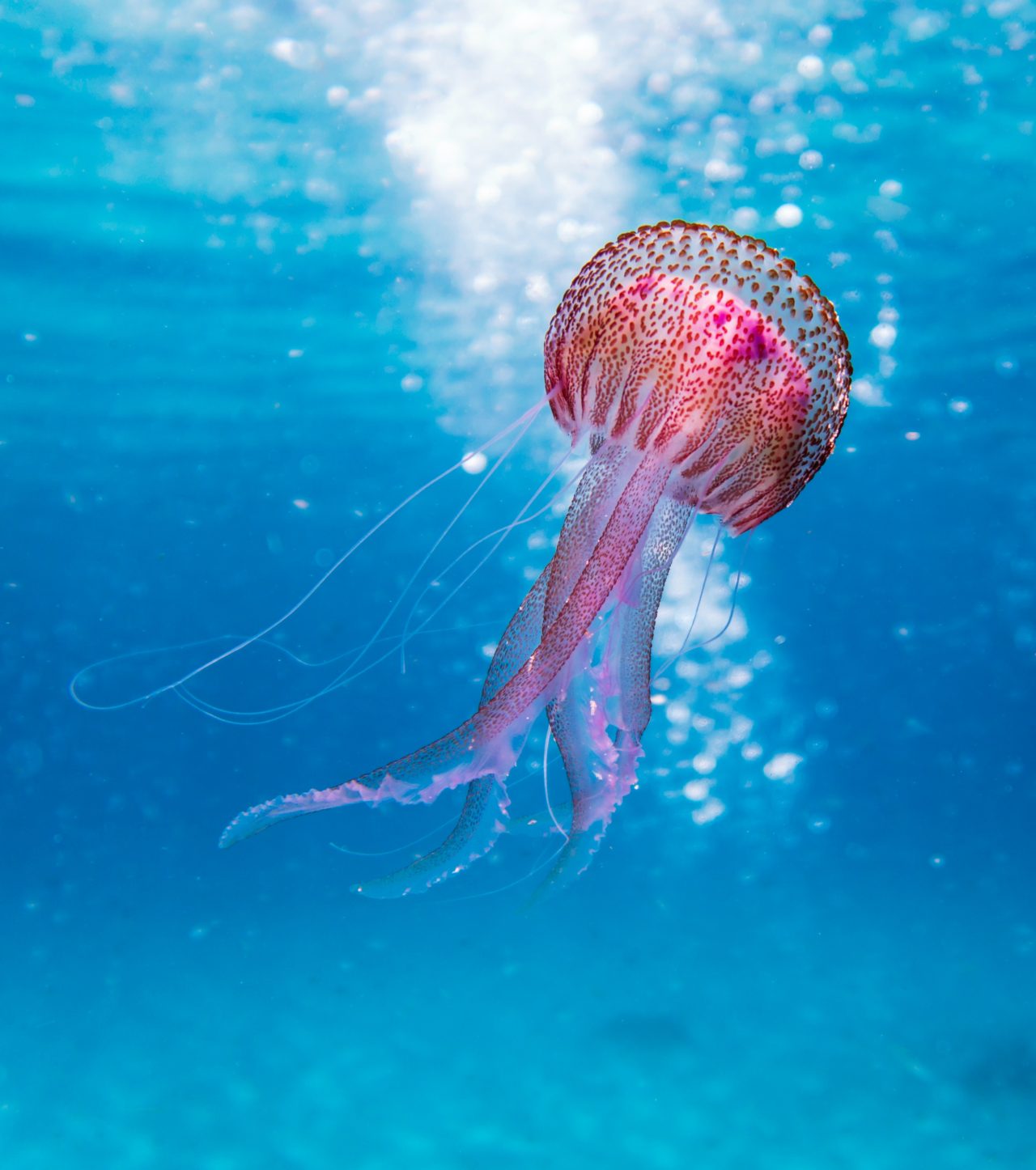




 This month’s author interview is with Minneapolis author John Coy. I first learned about him from reading his middle grade novel
This month’s author interview is with Minneapolis author John Coy. I first learned about him from reading his middle grade novel 


![Spiky by [Guarducci, Ilaria]](https://images-na.ssl-images-amazon.com/images/I/51ZcJ6982FL.jpg)
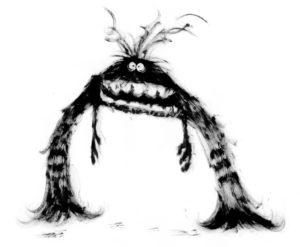 ©
© 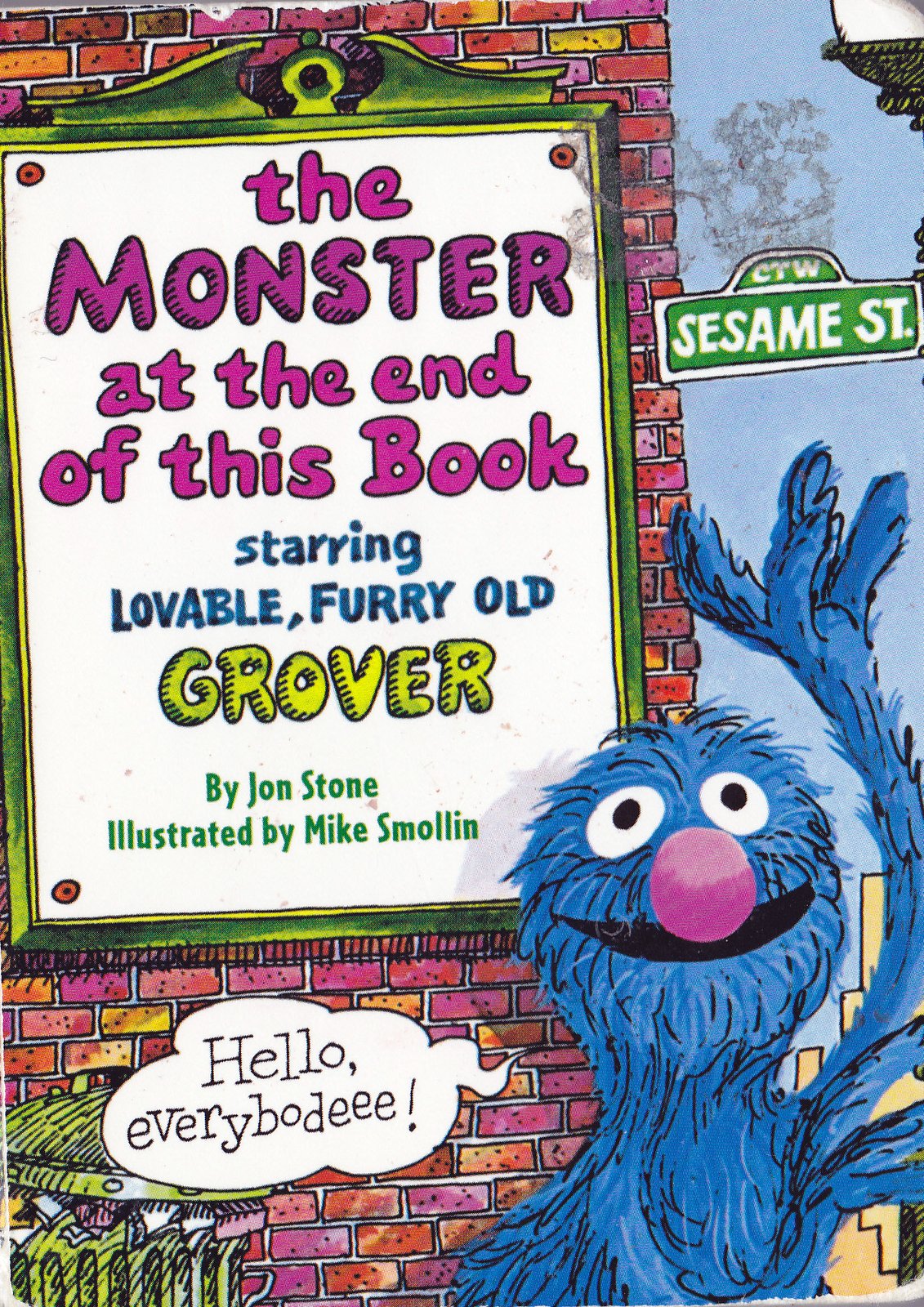
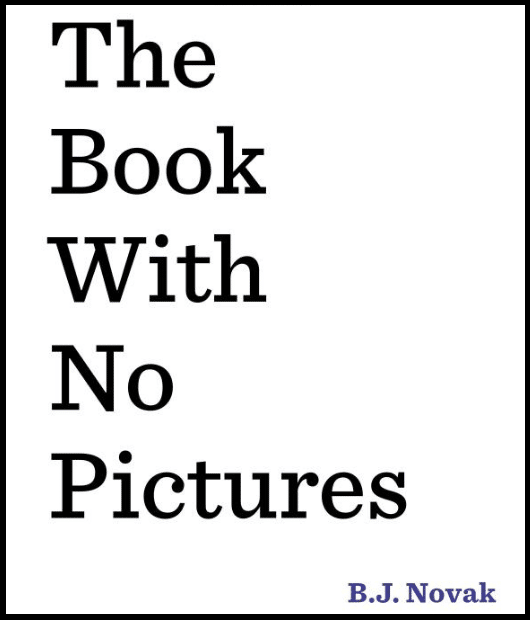
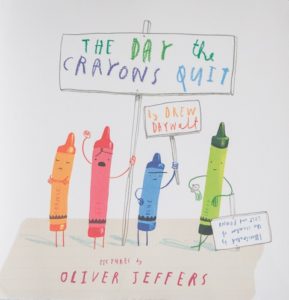

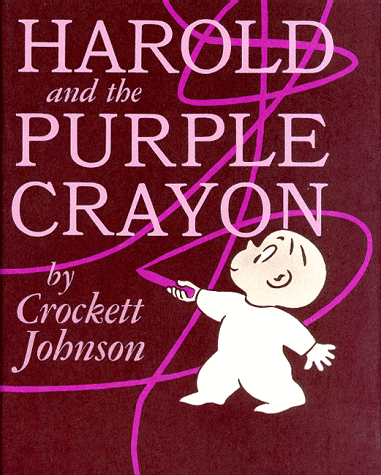
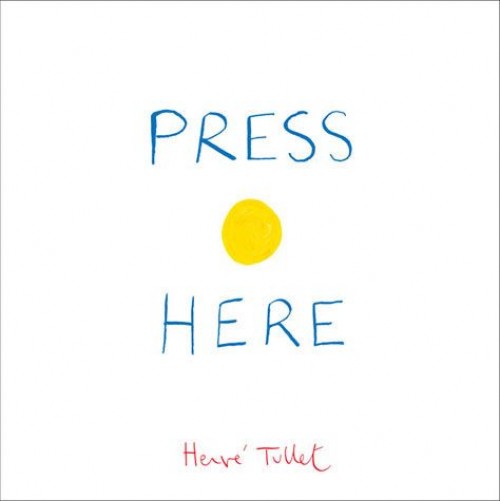
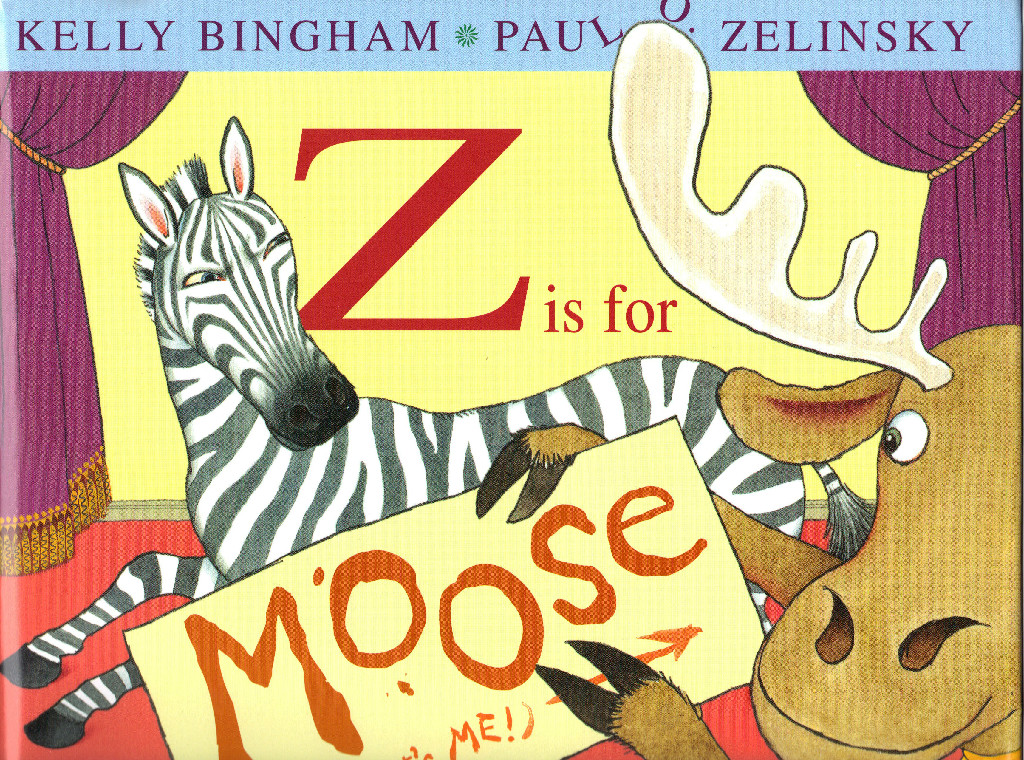

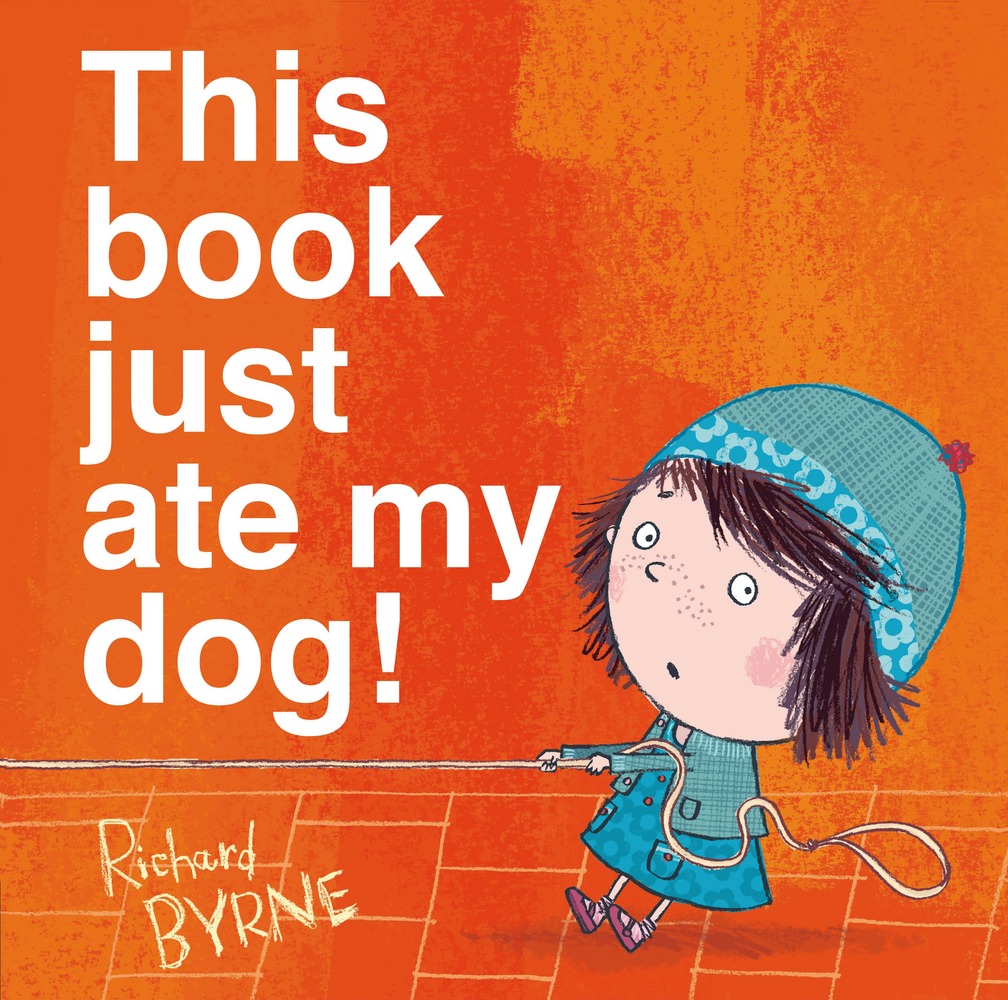
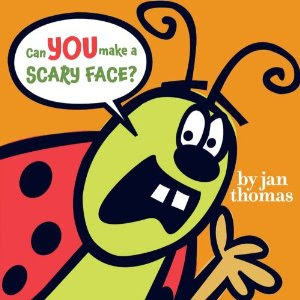
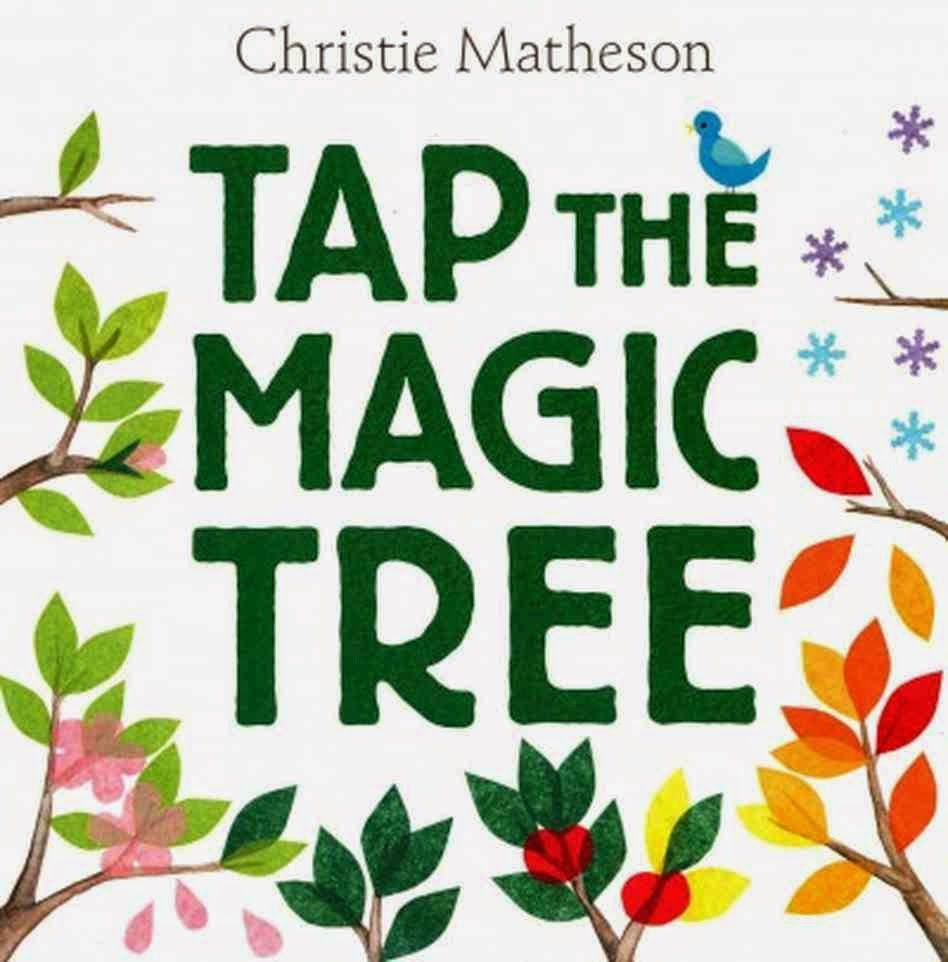
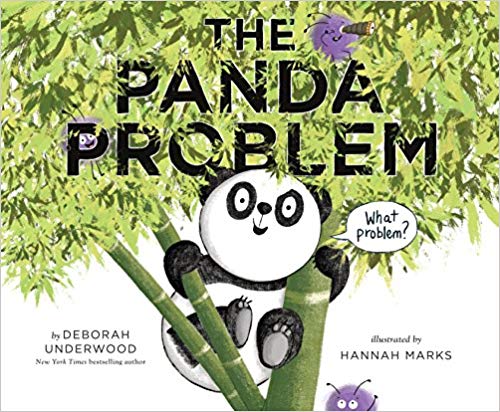

 This month’s Industry Insider interview is with literary agent Alyssa Eisner Henkin, Senior Vice President of the Trident Media Group. Her Twitter bio adds these two terrific bio facts: “Lemonade-Maker and Literary Cheerleader.”
This month’s Industry Insider interview is with literary agent Alyssa Eisner Henkin, Senior Vice President of the Trident Media Group. Her Twitter bio adds these two terrific bio facts: “Lemonade-Maker and Literary Cheerleader.”
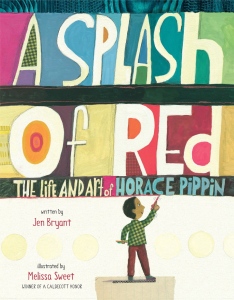
![This Is MY Room!: (No Tigers Allowed) by [Jacobson, Jennifer Richard]](https://images-na.ssl-images-amazon.com/images/I/51VZYnmBZ-L._SX260_.jpg)
